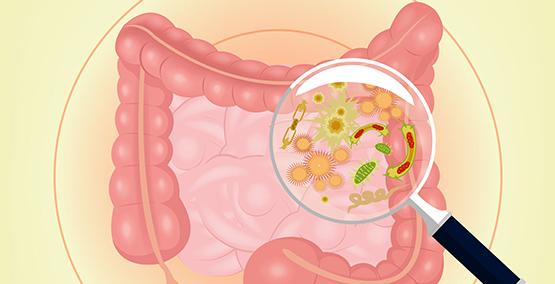
The Latest and greatest treatments for IBD: What to believe
What’s the best IBD medicine for me? Confusion on television and in your inbox....
See moresign up for our newsletter
SubscribeWe have around 100 trillion cells in our bodies. What's more amazing is that we have 10 to 100 times more bacteria and other organisms living inside us–more than a quadrillion. These bacteria and organisms live everywhere on our bodies like our skin, mouths, and especially in our lower intestines.
These natural organisms in our gut are what we call our intestinal flora or our microbiome. The microbiome is a combination of bacteria, parasites and maybe some viruses living together in the colon (the large intestine). These bugs help us manufacture some of our essential nutrients, like vitamin K and some of the B vitamins (niacin, biotin, and pantothenic acid). Some also feed on the foods that haven't been absorbed elsewhere and help to lessen the gas we pass.

Bacteria in our microbiome can also attach to the intestinal wall and protect us from infections. They may even block some allergy-producing foods from entering from the intestine to get in the bloodstream and other tissues.
While many of the organisms in the microbiome help keep us healthy, not all of them are good to have in high amounts in our intestines. For example, Clostridium difficile (known as c diff) is in most everyone's intestine, even as infants. It does no harm until the other bacteria aren't able to protect against it. That can happen when antibiotics are needed to treat another infection. They wipe out the protective organisms and allow c diff to cause diarrhea and bloody stools. That's why many doctors will also recommend a probiotic to get a population of healthy bacteria or yeast growing again in the colon.
This article, as well as all others, was reviewed and edited by a member of our Medical Advisory Board.
Subscribe Be the first to know